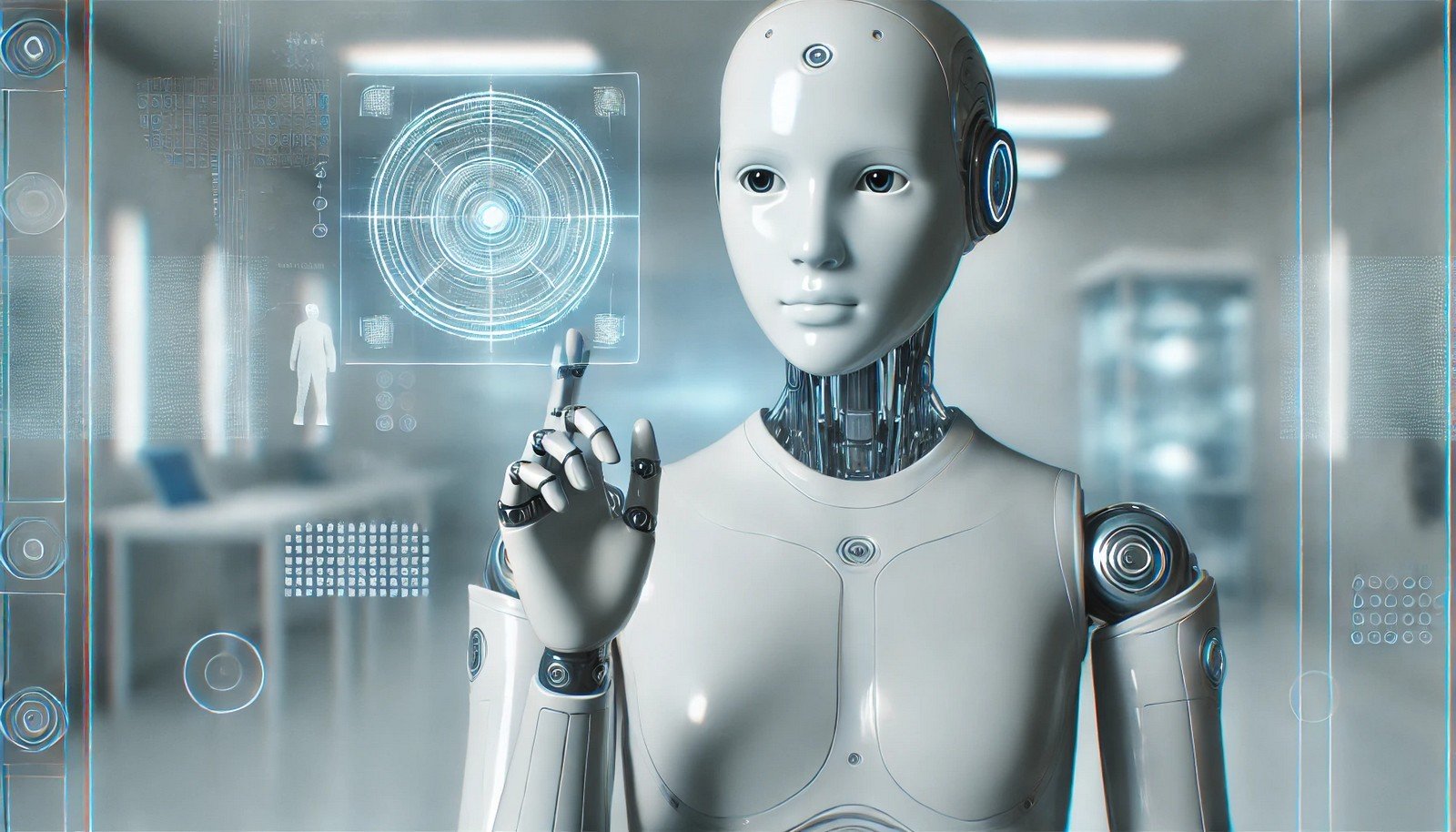Cognitive Robotics

Quick Navigation:
- Cognitive Robotics Definition
- Cognitive Robotics Explained Easy
- Cognitive Robotics Origin
- Cognitive Robotics Etymology
- Cognitive Robotics Usage Trends
- Cognitive Robotics Usage
- Cognitive Robotics Examples in Context
- Cognitive Robotics FAQ
- Cognitive Robotics Related Words
Cognitive Robotics Definition
Cognitive Robotics is a branch of robotics focused on endowing robots with artificial intelligence (AI) capabilities that allow them to perform tasks by understanding, learning, and reasoning. This field aims to mimic human cognitive processes, enabling robots to interact more intuitively and intelligently with their environment. Cognitive robotics integrates advanced fields such as machine learning, perception, natural language processing, and sensory feedback to build robots capable of adaptive and context-aware behavior. These robots can analyze data in real-time, make decisions, and improve their performance through experiential learning.
Cognitive Robotics Explained Easy
Imagine you have a toy robot that can learn things just like you do. Instead of just following instructions, it watches and listens to understand what's happening around it. If you teach it to recognize your voice, it will remember and follow your commands, even if you change them a little. Cognitive robotics is about building robots that think and learn like this – kind of like giving them a mini-brain to make them smarter!
Cognitive Robotics Origin
The concept of cognitive robotics originated from the need to enhance robots beyond programmed routines. Researchers in the late 20th century began exploring how robots could be made to interact intelligently with humans and adapt to new environments. As artificial intelligence and computational power advanced, cognitive robotics emerged as a solution, combining robotics with cognitive sciences to enable more sophisticated, autonomous behaviors.
Cognitive Robotics Etymology
The term "cognitive robotics" derives from the Latin "cognitio," meaning "to know or understand," paired with "robotics," indicating the study and application of robots.
Cognitive Robotics Usage Trends
Cognitive robotics has gained traction with advancements in AI and machine learning, becoming pivotal in fields like healthcare, manufacturing, and autonomous vehicles. The demand for robots that can perform complex, adaptive tasks is rising, as industries seek automation solutions that offer flexibility and human-like problem-solving skills. The recent focus on AI-enabled technology has propelled cognitive robotics to the forefront of both academic research and commercial development, shaping trends in smart manufacturing and interactive AI applications.
Cognitive Robotics Usage
- Formal/Technical Tagging: Robotics, Artificial Intelligence, Machine Learning, Human-Robot Interaction, Adaptive Systems
- Typical Collocations: cognitive robotic systems, learning algorithms, autonomous robotics, intelligent robot behavior, cognitive capabilities
Cognitive Robotics Examples in Context
A cognitive robotic system in a hospital can assist doctors by observing surgeries and offering suggestions based on past data.
In manufacturing, cognitive robots can identify assembly issues and adjust their operations, improving efficiency on the production line.
Cognitive robotics technology in autonomous vehicles enables the vehicle to detect obstacles and make safe driving decisions in real-time.
Cognitive Robotics FAQ
- What is cognitive robotics?
Cognitive robotics is a field of robotics focused on making robots capable of intelligent behavior through learning and reasoning. - How do cognitive robots differ from regular robots?
Cognitive robots can learn and adapt to new environments, unlike traditional robots that follow preset instructions. - What applications use cognitive robotics?
Healthcare, autonomous vehicles, manufacturing, and service industries commonly use cognitive robotics. - Can cognitive robots communicate with humans?
Yes, they often use natural language processing to understand and interact with humans. - How do cognitive robots learn?
They use machine learning algorithms to improve their behavior based on experience and data. - Are cognitive robots safe?
Safety depends on design, testing, and regulatory standards, but cognitive robots are generally engineered with safety in mind. - What are some famous examples of cognitive robots?
Examples include Sophia the humanoid robot and autonomous factory robots by companies like Boston Dynamics. - How does cognitive robotics benefit healthcare?
Cognitive robots can assist in surgery, monitor patient conditions, and provide companionship. - What skills are required to work in cognitive robotics?
Skills in programming, machine learning, robotics engineering, and cognitive science are beneficial. - What challenges does cognitive robotics face?
Ethical concerns, safety, and achieving true cognitive behavior are major challenges in this field.
Cognitive Robotics Related Words
- Categories/Topics: Artificial Intelligence, Robotics, Machine Learning, Autonomous Systems, Human-Robot Interaction
- Word Families: cognition, cognitive, robotic, robotics, automation
Did you know?
Cognitive robotics played a major role in the 2020s’ push for autonomous healthcare assistants. These robots gained popularity in hospitals worldwide, where they helped monitor patients and manage tasks that required adaptive, responsive behavior – transforming healthcare support in high-demand settings.
PicDictionary.com is an online dictionary in pictures. If you have questions or suggestions, please reach out to us on WhatsApp or Twitter.Authors | Arjun Vishnu | @ArjunAndVishnu

I am Vishnu. I like AI, Linux, Single Board Computers, and Cloud Computing. I create the web & video content, and I also write for popular websites.
My younger brother, Arjun handles image & video editing. Together, we run a YouTube Channel that's focused on reviewing gadgets and explaining technology.



Comments powered by CComment